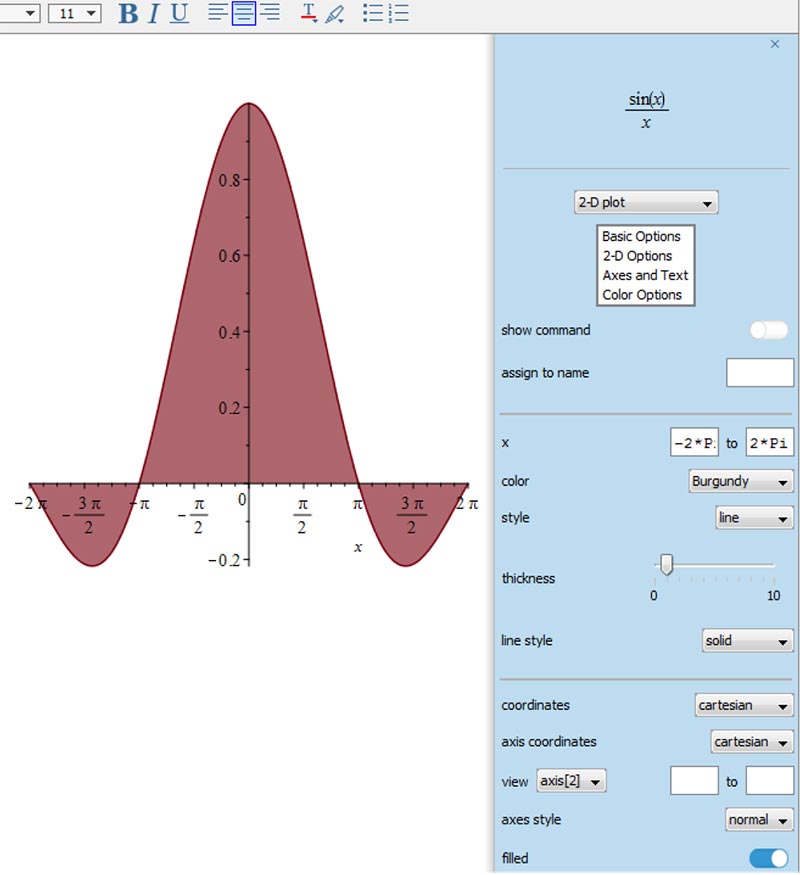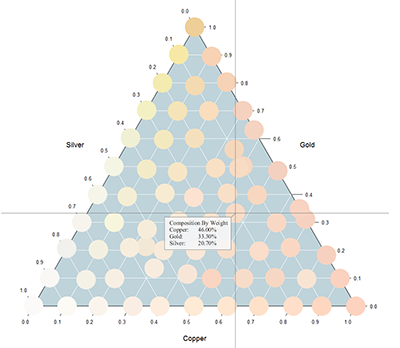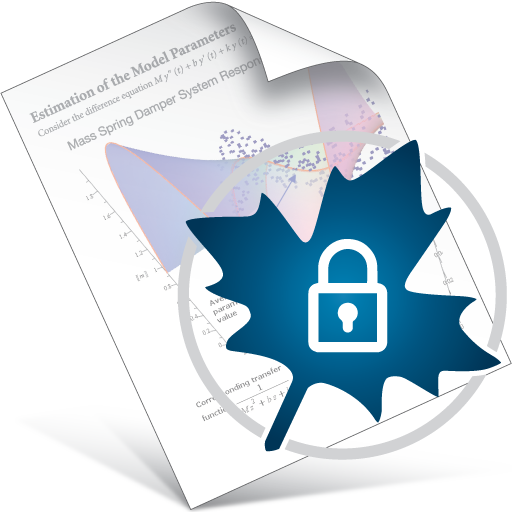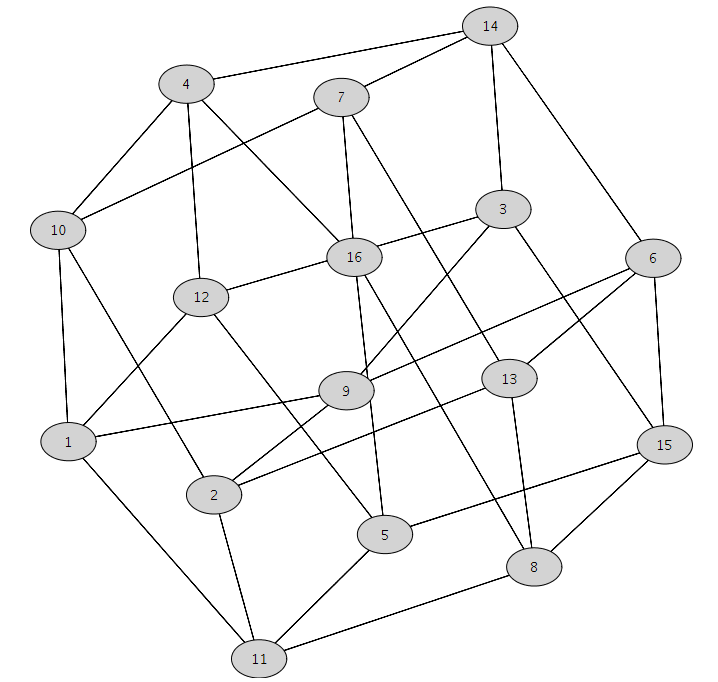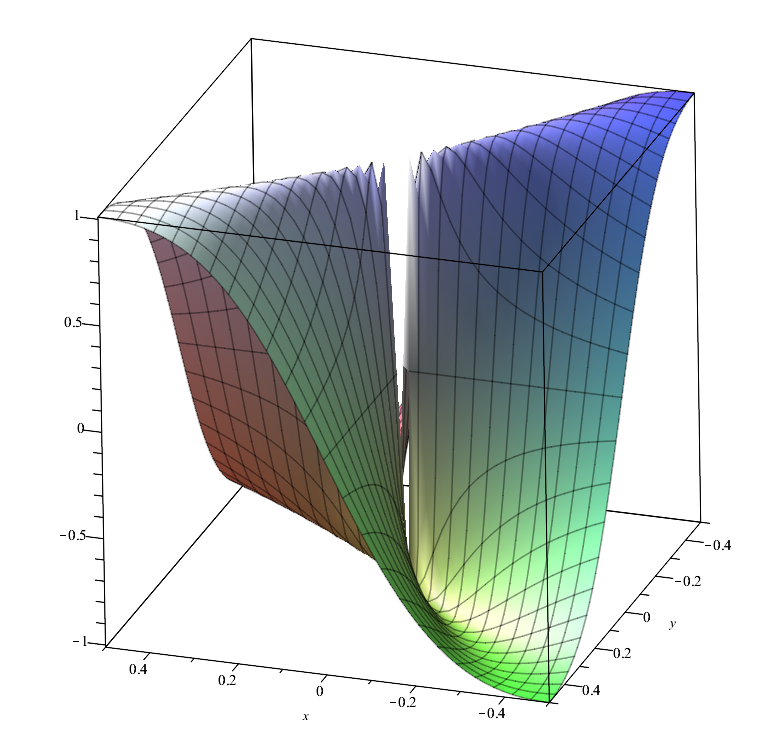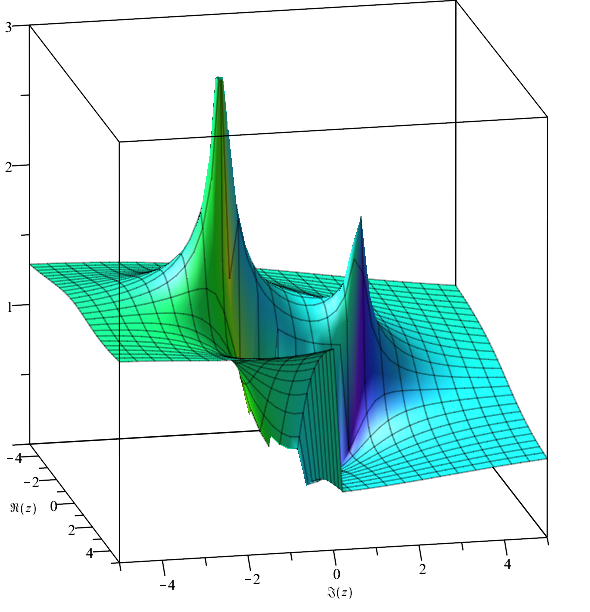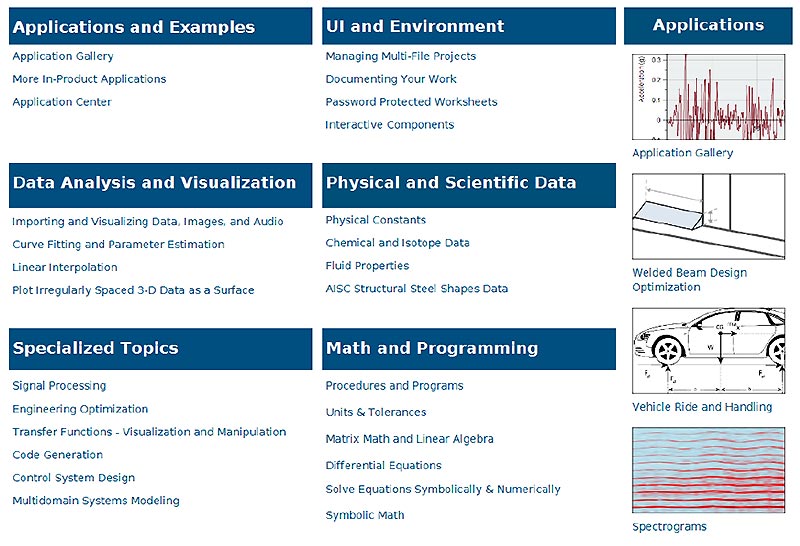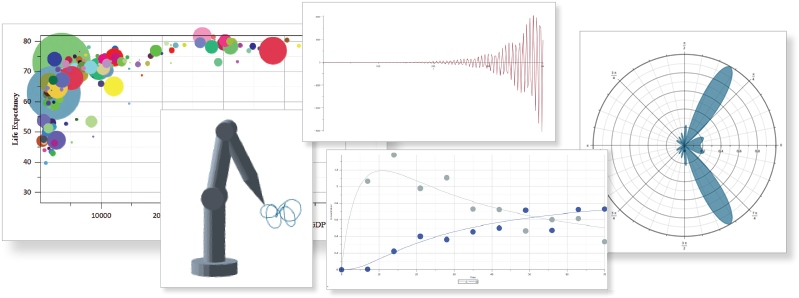Extend Maple's power with user-created packages
The MapleCloud now gives you instant, seamless access to a rich collection of user packages that extends Maple's abilities, and even notifies you when updates are available.
Construct even complicated plots easily
The Plot Builder in Maple 2017 has a new design that makes it even easier to create and customize a wide variety of plots, simply and without knowing a single plot command.
Solve more problems
With Maple 2017, you can find exact solutions to more PDEs with boundary conditions, find new limits, solve more integrals, perform new graph theory computations, calculate more group properties, work with new hypergeometric functions, and much more.
Protect your work
Now you can password protect worksheets while still allowing access to the procedures they contain, so you can share your work without sharing your IP.
Expand your worldview
New map visualization tools and a geographical database let you explore and understand world data in a highly visual way.
State your assumptions
You can give Maple even more information about your problem, and Maple will take these assumptions into account in even more computations, eliminating solutions you don't need and simplifying results appropriately.
Add a new layer of information to your plots
In Maple 2017, you can add dynamic plot annotations that will appear when you hover over specific points or curves, so you can convey even more information in your graphs.
Get a head start on engineering problem solving
The Maple Portal for Engineers, which provides a starting point for common engineering tasks, now covers many more topics, includes more examples, and provides sample applications to help you become productive quickly.
Develop your own algorithms and solutions
From performance improvements in core functions, to a more flexible debugger, to new tools that simplify package creation and distribution, Maple 2017 gives you everything you need to develop even complex algorithms and solutions on your own.
Get insight into your data
Enhanced support for statistics and data analysis includes new and improved visualizations, new data analysis tools, and expanded support for data frames throughout Maple, so you can work with and learn from your data.




